
views
Setting Up the Game

Give each player a rack. The racks will help each player keep their tiles organized during game play. Each player only needs 1 rack. You'll need at least 4 players to play Okey.
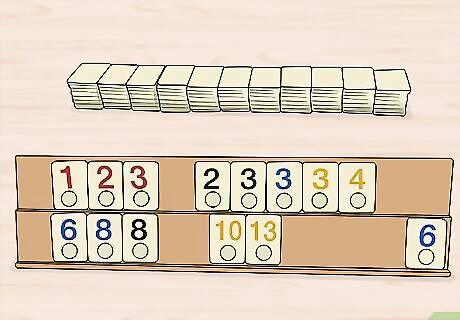
Place the tiles on the table and shuffle them. The tiles should all be upside-down so the players can't see which tiles are where. Use your hands to shuffle the tiles about, making sure they're thoroughly mixed up. Each tile has 1 number on it, from 1 to 13, and will be 1 of 4 colors: red, yellow, green, and black. There are 2 of the same number in each color, so you'll have to 2 red ones, 2 red twos, etc.
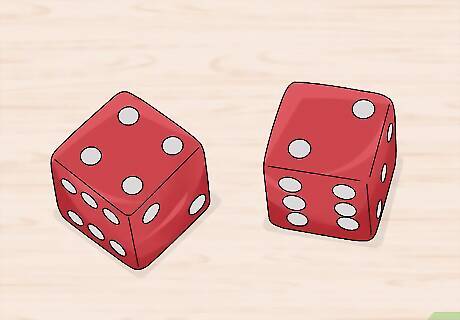
Use the dice to choose the dealer. Each player throws the dice once. Whichever player gets the highest number starts as the dealer. After each round, the dealer changes, moving counterclockwise around the ring of players.
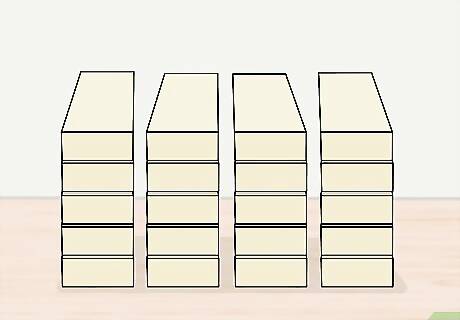
Arrange the tiles in 21 stacks of 5 tiles. Once you've stacked the tiles, you should have 1 tile left over. The dealer holds on to the extra tile. Then distribute all of the stacks between the players and the dealer. It doesn't matter how many stacks each player has in front of them, although it's helpful for the dealer to have at least 6. Each player should line up their stacks in front of them in a horizontal line. Each player except for the dealer should have an even number of stacks. If the stacks won't divide evenly, give the extra stack or stacks to the dealer.
Choosing Okey
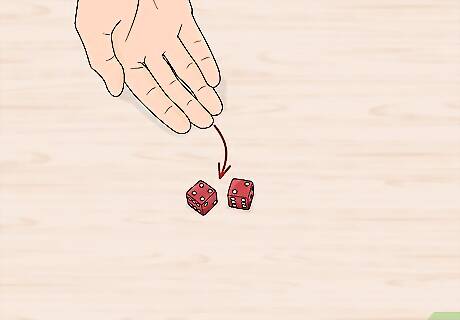
Have the dealer throw the die to determine which stack to start with. The first number that comes up indicates which stack in front of the dealer you'll work with to find okey. Count the stacks from left to right. If the number is higher than the number of stacks in front of the dealer, continue counting into the other players' stacks, moving counterclockwise.
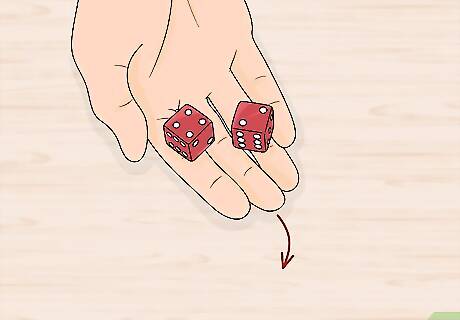
Throw the die again to choose the tile. Once you've selected the stack, throw the die again. The number that comes up on the die indicates which tile you should select from the stack. Count upwards from the bottom of the stack. There are only 5 tiles per stack, so if you get a number above 5, you'll return to the bottom of the stack to continue your count. So, for example, if you roll a 9, you'll count up from the bottom to 5, then return to the tile on the bottom of the stack as 6, and keep counting from bottom to top.
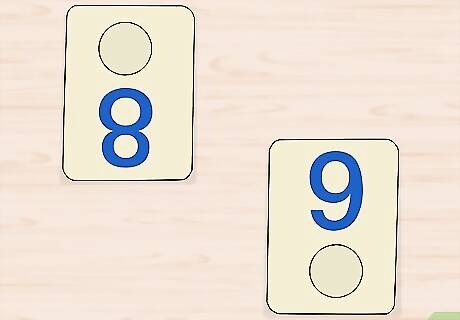
Display the okey. The tile that the dealer selects helps choose the joker (or okey) for this round. Take that tile and place it face-up on the stack. The okey tile is the same color and 1 number higher than the tile pulled. So for example, if the tile pulled is a blue 8, the joker would be the blue 9. There are two blank tiles called "false jokers." Those tiles become the same as the joker, so if a player pulls one of the false tiles, it acts the same as if they pulled the joker tile.
Distributing Tiles for Play
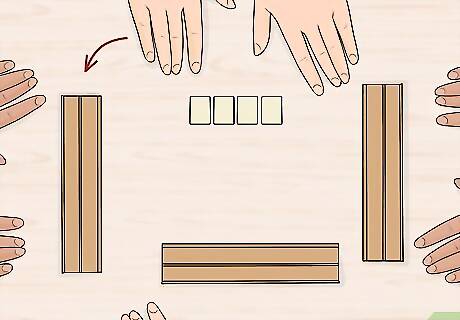
Start with the player to the right of the dealer. That player takes the stack to the right of the stack with okey displayed on top. Then the next player to the right takes the stack to the right of the stack the first player took.
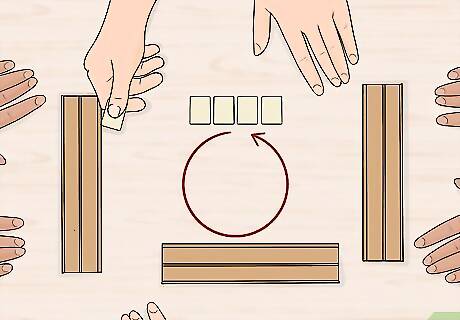
Continue taking stacks counterclockwise until each player has 2 stacks. As each players takes their stacks, move counterclockwise. Once each player has 2 full stacks, you'll need to distribute the leftover tiles differently.
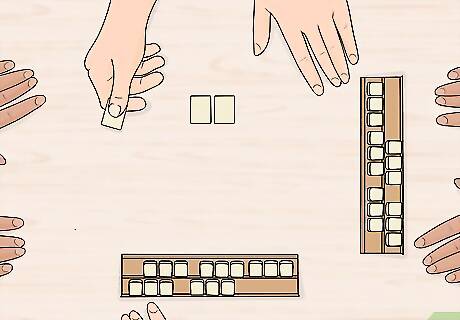
Distribute leftover tiles after everyone has 2 full stacks. Once each player has 2 full stacks, the player to the dealer's right takes the whole stack to the right of where the previous player took their last stack. The next player, moving counterclockwise around the table, gets 4 tiles from the next stack to the right. The player to their right gets the last tile in that stack, plus 3 from the next. The dealer takes the last 2 tiles in that stack, and then another 2 from the next stack. Each player should end up with 15 tiles, except for the first player, who will have 16.
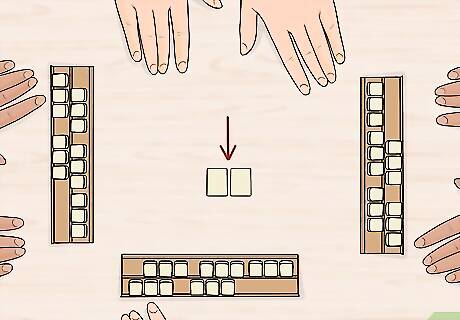
Move the remaining tiles to the middle of the table. Once all of the players have their tiles, move the rest of the tiles to the middle of the table, lining up the stacks in a horizontal line in front of the dealer. These are the tiles that players will draw from throughout the game. The stack with the face-up okey tile should be placed all the way to the right.
Playing the Game
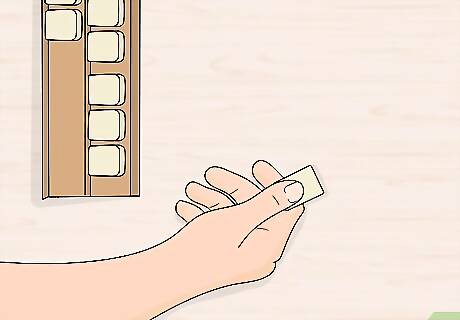
Discard a tile if you're the first player. If you're the player to the right of the dealer, you go first. Look at your tiles and then discard 1. Place your discarded tiles face-up to the right of the tiles you're playing with. The point of okey is to make sets or runs. Discard the tile that won't help you make a set or a run.
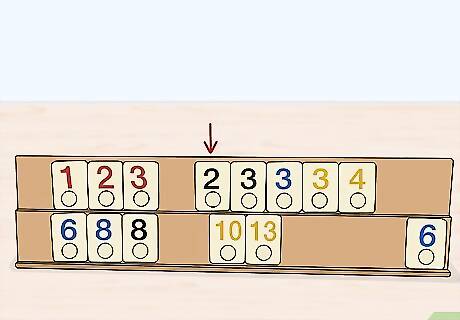
Select a new tile for each new turn. As each player takes their next turn, they can draw a new tile from the stacks in front of them, moving from left to right and the top of the stack down. Or they can take a tile from one of the other players' discard piles.
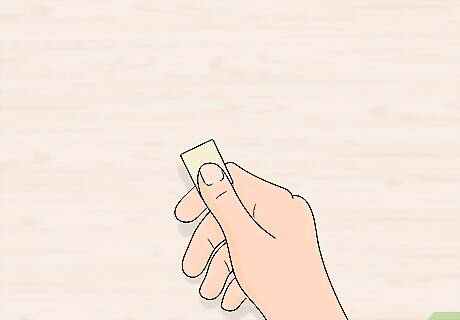
Discard your extra tile. Once you've selected your new tile, you'll need to discard another. When you discard the tile, place it face-up to the right of your tiles.
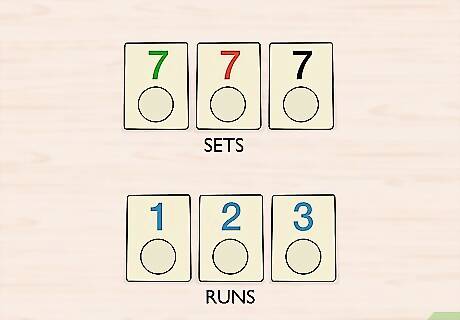
Form sets and runs. To win the round, you need to reveal a winning hand: a collection of sets and runs. A set is a collection of 3 or 4 tiles with all the same number but different colors. A run is comprised of 3 or more consecutively numbered tiles with the same color. For example, you could form a set of 7s, where you have 1 green, 1 red, and 1 black 7. But you can't make a set of 2 blacks 7s and 1 green 7. A run would be a blue 1, 2, and 3. You can also use the 1 as the lowest or highest tile, but not both in the same run. So 12, 13, and 1 or 1, 2, 3, in the same color is a valid run, but 13, 1, and 2 is not. You can also lay down pairs as your sets. If you can lay down a winning hand of all pairs, you force the other players to forfeit more points. A pair is comprised of 2 tiles with the same number but different colors.
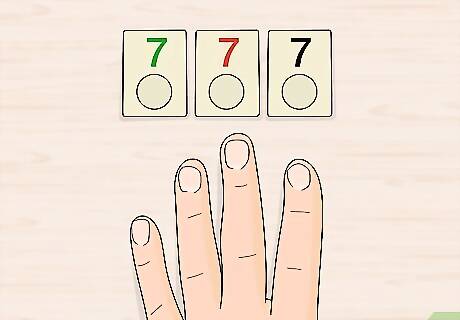
Reveal a winning hand to win the round. Once you have all 14 of your tiles arranged in runs or sets, you can reveal your hand to win the game. Don't reveal your runs or sets before you have a full winning hand. Remember that you have to discard an extra tile, too, so you may have to pick up a new tile just to discard it.
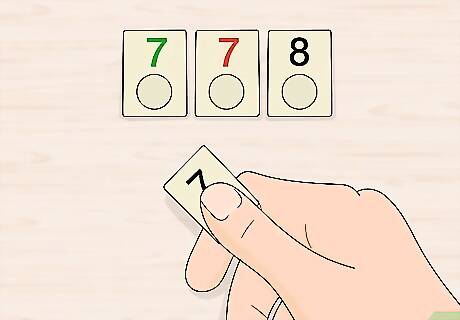
Discard the joker last if possible. You have to discard an extra tile to win the game after you reveal your winning hand. If you have a joker in your hand, try to discard it last. It will increase the number of points the other players have to forfeit when you win.
Scoring the Game
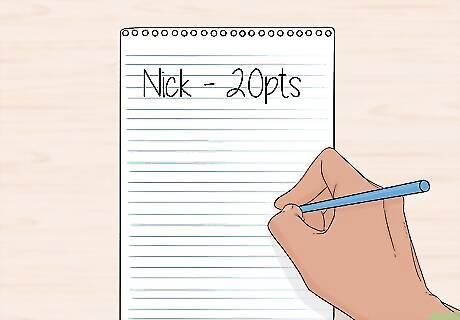
Start with 20 points. At the beginning of each game, each player starts with 20 points. After each game, points are deducted, rather than being added. The player with the most points at the end of the game wins.

Subtract points if you lose the round. At the end of each round, the losing players deduct points based on how the winner won. The winner doesn't earn any points, but they also don't lose any. Each player loses 2 points if the winner wins an ordinary game. If the winner discards the joker to end the game, the other players lose 4 points. If the winner has 7 pairs in their winning hand, each other player loses 4 points.
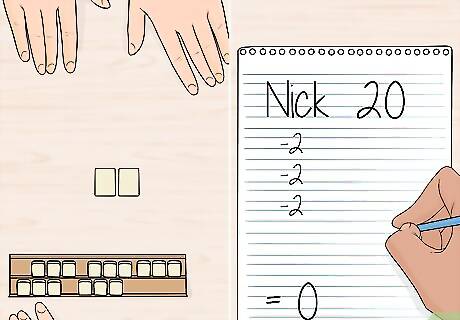
Continue playing until a player's score reaches zero. Once 1 or more players get down to a score of zero (or less), the game is over. The player with the highest score at that point wins the game.



















Comments
0 comment